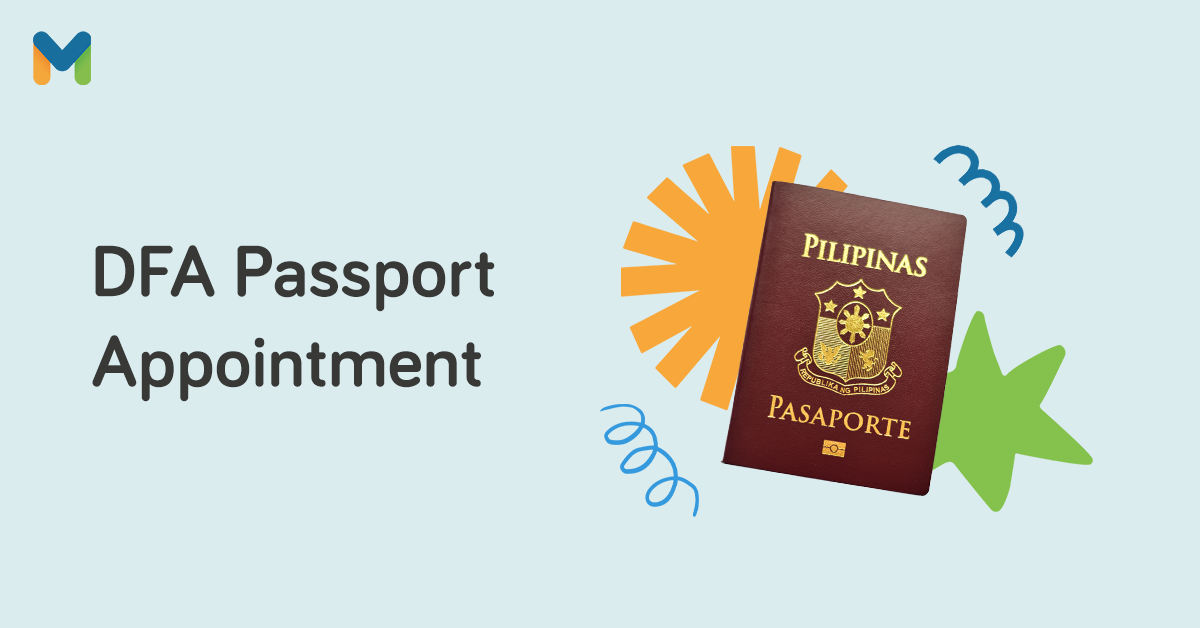To apply for an immigrant visa in the Philippines, you need to complete the appropriate application form, gather required documents, submit the application to the Bureau of Immigration, attend a visa interview, and wait for approval.

Introduction
Definition of an Immigrant Visa
An immigrant visa is a type of travel document issued by a foreign country’s government to individuals who wish to permanently move to that country. It allows the visa holder to enter the country and live there indefinitely as a lawful permanent resident. Immigrant visas are typically granted based on family relationships, employment opportunities, humanitarian reasons, or through the Diversity Visa Lottery program.
Brief Overview of the Philippines Immigration System
The Philippines Immigration System operates under the authority of the Bureau of Immigration (BI), which is a government agency responsible for the immigration services in the country. The BI oversees various services including visa issuance, regulation of entry and stay of foreigners, and enforcement of immigration laws.
Immigration Categories
There are mainly two categories of immigration in the Philippines – non-immigrant and immigrant. Non-immigrants include tourists, business travelers, and students, while immigrants include individuals who intend to reside permanently in the country.
Immigration Laws and Regulations
The main regulatory law is the Philippines’ Immigration Act of 1940. This legislation provides guidelines for the admission, stay, and exit of foreigners. For more detailed information, visit the Philippines’ Immigration Act of 1940 Wikipedia page.
Types of Immigrant Visas
There are several types of immigrant visas that the Philippines offers based on different categories of eligibility.
Quota Visa
The Quota Visa is issued annually to a maximum of 50 nationals from any country, allowing them to live and work permanently in the Philippines.
Non-quota Visa
Non-quota Visas are issued to certain categories of individuals, like spouses and unmarried children of Filipino citizens, natural-born Filipinos who have lost their citizenship, and those born in the Philippines but have lost their citizenship.
For more detailed information about the different types of visas, you can visit the Visa policy of the Philippines Wikipedia page.
Requirements for Each Type of Visa
Each type of immigrant visa has specific requirements.
Quota Visa Requirements
The main requirements for a Quota Visa include proof of financial capacity, good moral character, and a favorable health condition.
Non-quota Visa Requirements
The main requirements for a Non-quota Visa include evidence of relationship to a Filipino citizen (for spouse/children category), proof of former Philippine citizenship (for former Filipino citizens), and birth certificate (for those born in the Philippines).
Basic Eligibility Criteria for an Immigrant Visa
To qualify for an immigrant visa in the Philippines, applicants need to meet several basic criteria.
Age Requirement
The applicant must be of legal age, generally 18 years or older, at the time of the application.
Financial Stability
Proof of financial stability is crucial. The Bureau of Immigration requires evidence of financial means, such as bank statements or proof of income.
Health Requirement
Applicants must present proof of a clean bill of health, usually verified by a medical examination. Certain illnesses may disqualify an applicant.
Good Moral Character
Applicants should provide evidence of good moral character, such as police clearance from their home country.
For a more detailed explanation on eligibility criteria, check out the Bureau of Immigration’s official website.
Special Circumstances
While the basic eligibility criteria apply to most individuals, there are special circumstances where different rules might apply.
Family Connections
If you are the spouse or unmarried child under 21 years of age of a Filipino citizen, you might qualify for a non-quota immigrant visa. This rule also applies to a former Filipino citizen who has lost citizenship, or individuals who were born in the Philippines but have lost their citizenship.

Long-term Visitors
Visitors who have been living in the Philippines for a long period on a non-immigrant visa might also be eligible to apply for an immigrant visa under certain conditions.
Step-by-step Guide to the Application Process
The application process for an immigrant visa in the Philippines involves several steps.
Complete the Application Form
Gather Necessary Documents
Collect all the necessary documents required for the visa application. Make sure all documents are valid and up-to-date.
Submit Application and Attend Interview
Submit your application to the Bureau of Immigration office. You may be asked to attend an interview with an immigration officer.
Pay Fees and Await Approval
Pay the required application fees and wait for approval. The time it takes to process an application can vary.
Required Documents for Application
There are a variety of documents needed to apply for an immigrant visa in the Philippines.
Basic Documents
These include your passport, completed application form, and recent passport-size photographs.
Proof of Financial Stability
You should provide evidence of your financial stability, such as bank statements or proof of income.
Health and Character Documents
You’ll need to show a medical clearance certificate and a police clearance from your home country to prove you’re in good health and of good character.
Visit the Bureau of Immigration’s official website for the most up-to-date information on required documents.
How to Submit Your Application
Submitting your application involves a few key steps.
Prepare Application Packet
Compile your application form and all required documents into a single packet.
Submit in Person or by Mail
You can submit your application packet in person at the Bureau of Immigration office. In some cases, you may be able to send your application by mail.
Payment of Fees
Pay the necessary application fees. The Bureau of Immigration accepts payment in various forms.
Preparing for the Visa Interview
Proper preparation for the visa interview can increase the likelihood of a successful application.
Review Your Application
Ensure you know all the details you provided in your application. Any discrepancy between your application and your interview responses can raise concerns.

Gather Necessary Documents
Bring all necessary documents, including any supporting materials that may strengthen your application.
Practice Potential Questions
You can also prepare by practicing answers to common visa interview questions.
For tips on preparing for your visa interview, visit this visa interview preparation guide.
What to Expect During the Interview
Understanding what to expect during the interview can help alleviate anxiety.
Questions About Your Background
You should expect questions about your personal, professional, and educational background.
Questions About Your Intent
The interviewer may ask about your reasons for immigrating and your plans once you arrive in the Philippines.
Verification of Documentation
The interviewer will likely review your documentation during the interview.
For more information on the interview process, see this guide on visa interviews.
After the Interview: Visa Approval
After the interview, the waiting game begins.
Waiting Period
You will likely have to wait for a period of time while your application is being processed. This period can vary greatly depending on several factors.
Notification of Approval
You will be notified once a decision has been made on your application. If approved, your immigrant visa will be affixed to your passport.